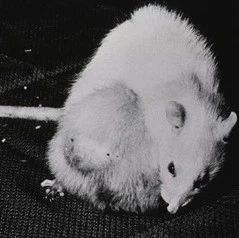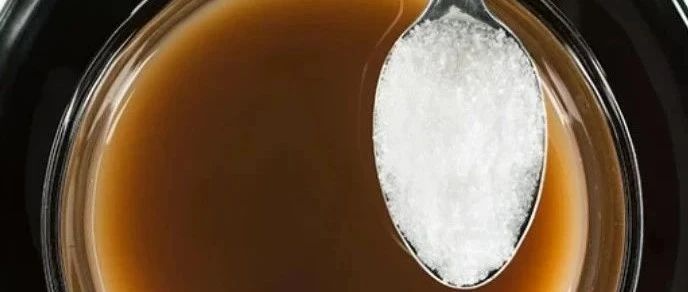
美科学家发现新方法可将血细胞去分化成iPS细胞
美国约翰•霍普金斯大学的科学家开发出一种可靠的方法,可以拨转成年人血细胞的“时钟”,使其恢复到原始的干细胞状态,进而可分化成任何其他类型的细胞。该方法不仅无需借助病毒作为载体,而且转化效率之高前所未及。专家称,不依靠病毒来生产iPS细胞(诱导多功能干细胞)的有效方法可能会加速干细胞疗法的开发,也可为研究细胞的发育和生物学机制提供更准确的视野。
研究团队在近日出版的美国《科学公共图书馆—综合》杂志上描述说,他们开发出这种“超级高效、无需病毒载体”的方法来制造iPS细胞,攻克了科学家们一直面临的难关。通常来说,在数百个血细胞中,只有一个或两个可能转变成iPS细胞;而使用这种新方法,血细胞转化为iPS细胞的成功率高达50%至60%。
将血细胞去分化成iPS细胞的试验方法
传统上,科学家需要利用病毒将一个基因包运载到细胞内,以启动这一转化过程,使某种类型的细胞(如皮肤细胞或血细胞)返回到干细胞状态,但病毒可能会导致由此而分化的新细胞出现基因变异或引发癌症。在最新实验中,研究团队用质粒取代病毒,将基因插入血细胞内。质粒是染色体外的DNA(脱氧核糖核酸)环,可在细胞内简短复制,之后会降解。
研究小组提取了一些脐带血细胞,先用生长因子对其进行处理,然后用电脉冲在细胞的表面凿出微小的孔洞,运载着4个基因的质粒可以通过这些孔洞滑入细胞内。一旦进入细胞,质粒就会触动细胞向原始状态转化的进程。
随后,研究人员将部分细胞直接放入培养皿中,另一部分则和一些经过辐射处理的骨髓细胞一起培养。他们对这种利用血细胞培养iPS细胞的方法与利用毛发细胞和皮肤细胞的培养方法进行了比较,结果发现,生长在骨髓细胞环境中的血细胞脱颖而出,在7天至14天时间内,这些细胞就恢复到了原始的干细胞状态。这一技术在从成人骨髓和循环血液中提取的血细胞实验中也取得了成功。
“让取自成年人体内的细胞退回到胚胎时期的状态,这将创建一个全新的生物学,有助于我们理解细胞如何老化,以及这一过程中出错,比如发展成癌症时,到底发生了什么。”约翰•霍普金斯大学细胞工程研究所和基梅尔癌症中心的肿瘤科及儿科助理教授埃利亚斯•扎姆比迪斯说。
目前,扎姆比迪斯正和同事一起,通过比较其他的制备iPS细胞的方法,对新方法培育而成的iPS细胞的质量及其分化为其他类型细胞的能力进行测试。

 Growth Factor-Activated Stem Cell Circuits and Stromal Signals Cooperatively Accelerate Non-Integrated iPSC Reprogramming of Human Myeloid Progenitors
Growth Factor-Activated Stem Cell Circuits and Stromal Signals Cooperatively Accelerate Non-Integrated iPSC Reprogramming of Human Myeloid Progenitors
Tea Soon Park, Jeffrey S. Huo, Ann Peters, C. Conover Talbot Jr., Karan Verma, Ludovic Zimmerlin, Ian M. Kaplan, Elias T. Zambidis
Nonviral conversion of skin or blood cells into clinically useful human induced pluripotent stem cells (hiPSC) occurs in only rare fractions (∼0.001%–0.5%) of donor cells transfected with non-integrating reprogramming factors. Pluripotency induction of developmentally immature stem-progenitors is generally more efficient than differentiated somatic cell targets. However, the nature of augmented progenitor reprogramming remains obscure, and its potential has not been fully explored for improving the extremely slow pace of non-integrated reprogramming. Here, we report highly optimized four-factor reprogramming of lineage-committed cord blood (CB) myeloid progenitors with bulk efficiencies of ∼50% in purified episome-expressing cells. Lineage-committed CD33+CD45+CD34− myeloid cells and not primitive hematopoietic stem-progenitors were the main targets of a rapid and nearly complete non-integrated reprogramming. The efficient conversion of mature myeloid populations into NANOG+TRA-1-81+ hiPSC was mediated by synergies between hematopoietic growth factor (GF), stromal activation signals, and episomal Yamanaka factor expression. Using a modular bioinformatics approach, we demonstrated that efficient myeloid reprogramming correlated not to increased proliferation or endogenous Core factor expressions, but to poised expression of GF-activated transcriptional circuits that commonly regulate plasticity in both hematopoietic progenitors and embryonic stem cells (ESC). Factor-driven conversion of myeloid progenitors to a high-fidelity pluripotent state was further accelerated by soluble and contact-dependent stromal signals that included an implied and unexpected role for Toll receptor-NFκB signaling. These data provide a paradigm for understanding the augmented reprogramming capacity of somatic progenitors, and reveal that efficient induced pluripotency in other cell types may also require extrinsic activation of a molecular framework that commonly regulates self-renewal and differentiation in both hematopoietic progenitors and ESC.






